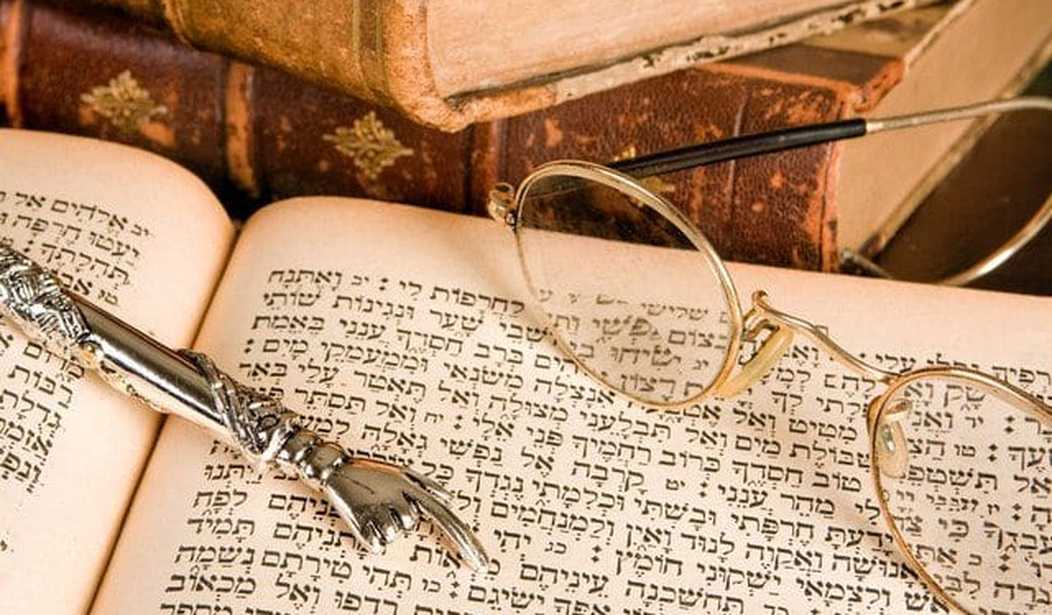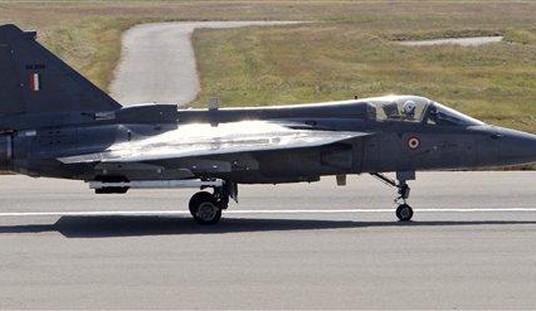Dëvar Torah – Parashath Chayyei Sara (Genesis XXIII, 1-XXV, 18)
Our parasha opens with the passing of our matriarch, Sara. The Torah summarizes this model life in one triumphant verse:
Vayihyu chayyei Sara mé’a shana vë‘esrim shana vësheva‘ shanim shënei chayyei Sara. “And Sara’s life was one hundred years and twenty years and seven years, the years of Sara’s life” (XXIII, 1).
The wording of the verse is striking and unusual, and Rashi brings out the splendor hidden therein, so fittingly for this paragon of feminine modesty to whom the Talmud (‘Eiruvin 77a) applies King David’s words: Kol këvuda bath melech pënima, “A princess is all-glorious within” (Psalms XLV, 8). At the age of one hundred, says Rashi, she was “like a twenty-year-old as regards sin, and at twenty like a seven-year-old as regards beauty.” The seemingly repetitive and superfluous shënei chayyei Sara signifies, says he, that “all of them were equal in goodness.”
No wonder, then, that we find in the next verse: Vayavo’ Avraham lispod lëSara vëlivkothah (“And Avraham came to eulogize Sara and to mourn her.” Such an exemplary life invites eulogy over mourning (hence the verse’s inversion of the two infinitives over the usual order of events) and makes the mourning perfunctory (whence the unusually tiny letter kaf with which the word vëlivkothah is written in the séfer Torah).
The Torah seems at unusual pains to fix the place of Sara’s death: Vatamoth Sara bëQiryath Arba‘ hi’ Chevron bë’eretz Këna‘am. “And Sara died in Qiryath Arba‘, i.e. Chevron, in the land of Canaan” (XXIII, 2). Unusual, because it is not similarly interested, for example, in the precise place of Avraham’s death near the end of our parasha (cf. XXV, 8).
Then, having established where she died, the Torah details at great length Avraham’s negotiation and purchase of her gravesite, the cave of Machpéla at the edge of a field owned by a citizen of Chevron. It has often been noted that this parcel of real estate is the one bit of the Holy Land whose ownership by Israel should be indisputable, its purchase by Avraham for 400 shëqalim having been duly recorded in the Torah for all posterity. This leads to the question: why did Avraham find it necessary to buy the land? Throughout the 200-plus-year sojourn of the patriarchs in Eretz Yisra’él, this transaction is unique. There is no other recorded instance of a land purchase. For all other purposes, they relied upon Ha-Shem’s assurance first enunciated to Avraham and subsequently renewed to each of them: Ki eth kol ha’aretz asher atta ro’e lëcha ettënenna ulëzar‘acha ‘ad ‘olam. “For all the land which you see, to you do I give it and to your progeny forever” (XIII, 15). Even the claim advanced by some, that Avraham wished to secure the gravesite from any future Canaanite attempt at repossession, seems weak, given that Ya‘aqov seems to have had no such fears concerning the tomb of his beloved Rachél on the road to Béyth Lechem (ibid., XXX, 19).
Why, then, is the Torah so concerned that Sara died in Qiryath Arba‘, and why did Avraham feel it necessary to purchase Machpéla?
The meanings of the place-names in question are plain enough to anyone with a living sense of the holy Hebrew language. Qiryath Arba‘ means “City of Four,” and Machpéla is derived from a root which means “Double.” But both of these beg the questions: Four what? Double what?
Rashi cites a Talmudic passage (‘Eiruvin 33a) which tells us that the city is named for the four famous couples who are buried there in Machpéla: Adam harishon and his wife Chava, Avraham and Sara, Yitzchaq and Rivqa, and Ya‘aqov and Lé’a. There is a problem with this (as the Maharsha notes in his comment on this passage; cf. also Torah Tëmima on our verse) in that it was obviously not true in Avraham’s day, and it seems unlikely that the city should have been known by a name reflecting an eventuality that would only come true over two hundred years in the future.
So Rashi offers another explanation, based in the midrash, that the city was named for four ‘anaqim (“giants”) who lived there: Achiman, Sheshai, Talmai, “and their father.” This seems reasonable: we know from the incident of the spies that these ‘anaqim were resident among the Canaanites (cf. Numbers XIII, 22). But here again, the exodus from Egypt occurred nearly four hundred years after this event, and while it is not impossible that these giants were possessed of prodigiously long life-spans, nothing suggests that it must be so.
Further, I would humbly suggest another difficulty with these interpretations: Both the words zug (“couple, pair”) and ‘anaq are masculine in gender, yet arba‘ is the feminine form of the number “four” (the masculine is arba‘a). If the original meaning of the city’s name referred to either of Rashi’s explanations, we should expect to find the masculine number.
The association, therefore, of Qiryath Arba‘ with either the zugoth or the ‘anaqim would seem to have arisen later, after the last patriarch and matriarch were interred there. What could the original meaning of the city’s name be?
In Avraham’s day, the first man and Chava were the only people buried in the cave. The Torah tells us concerning adam harishon: Vayitzer Ha-Shem eth ha’adam ‘afar min ha’adama. “And Ha-Shem formed the adam [of] dust from the ground” (Genesis II, 7). Rashi makes two fascinating comments on this verse. Noting that the word vayitzer is spelled anomalously with two yudin, Rashi informs us that they refer to shëtei yëtziroth, yëtzira la‘olam haze vitzira lithchiyyath haméthim. “Two formings, a forming for this world and a forming for the resurrection of the dead.” Concerning the dust of which the adam was fashioned, Rashi tells us, “G-d gathered dust from the whole Earth, from all four directions [ruchoth], so that any place in which he might die would receive him for burial.”
In his super-commentary on Rashi, the Gur Aryé, the Maharal of Prague has this to say about Rashi’s intent: “For the meaning of ‘burial’ is a putting away for something which will take place in the future, and since man has the potential to be alive [again] in the future, he has burial in the dust, for burial, i.e. putting away, indicates that he is potentially [ready] for the future when the dead will be revived.”
Might this not be the original meaning of the place in which adam harishon was laid to rest? The cave of Machpéla, of the double potential which man has, to exist not only in this world, temporary and transient as it now is, but also in the future resurrection; located in the city of all four directions (ruach is feminine in gender), the city to which all of the Earth had been brought with the adam’s body, so that everyone, no matter how far away, should know that he possesses that potential as his birthright.
If this is the real meaning of the names, now we can examine what the significance is of Sara’s presence in the city when she died, and why Avraham had to take unquestioned, unfettered possession of the cave.
The potential for tëchiyyath haméthim, the revival and resurrection of the dead, was present in mankind from the beginning, but as with every other aspect of spirituality, the Nimrodian rebellion against G-d and the subsequent division of mankind into nations cut off from one another by language differences and dispersed over the globe caused it to be forgotten. It was only with Avraham’s recognition of the Creator and the beginning of his work on His behalf that the spark was rekindled.
The Maskil liShlomo cites a midash from Pirqei dëRabbi Eli‘ezer 31 in support of his contention that the first revelation of tëchiyyath haméthim was a consequence of the ‘Aqeida, the symbolic sacrifice of Yitzchaq. As Yitzchaq descended from the altar on which he had been bound, the midrash says, he recited the blessing, “Blessed is He Who gives life to the dead.”
Now, Rashi explains the proximity of Sara’s death to the ‘Aqeida near the end of last week’s parasha as being lëfi she‘al yëdei bësorath ha‘Aqeida shenizdammén bënah vëchim‘at shelo’ nishchat parëcha nishmatahah vamétha (“since because of the announcement of the ‘Aqeida, that her son had been prepared and nearly slaughtered, her soul took flight from her and she died.” The popular reading of this is that Sara died from the shock of the news that her only son was about to be sacrificed by his father, but two things militate against this interpretation. The first is Rashi’s use of the word bësora, which generally connotes good news. The second is his use of the verb parëcha, which (as the Maskil liShlomo notes) can be read as meaning aufgeblüht, “blossomed, flowered.”
Perhaps it was the bësora of the rediscovery of the human potential for spiritual fulfillment which the resurrection of the dead represents that caused Sara’s soul to blossom, to flower, to burst its fleshly envelope and return joyously to its Source. Avraham, recognizing the prophetic significance of the site in connection with the event, understood that he had to bury her in that meaningful cave, in that unique city.
The Dark Age which had caused this knowledge to be forgotten was, as noted supra, the work of Nimrod in consonance with Cham’s other depraved descendants, among whom the Chittim, the Canaanite tribe then occupying the area, were numbered. Avraham had seen not only Nimrod but the Canaanites at close hand, having arrived in the Holy Land as they were completing their conquest of it (cf. Rashi on Genesis XII, 6). Now that the site’s significance was again known, it could not be left in their impure hands. This is hinted in the language which the Torah uses to describe the conclusion of Avraham’s transaction with ‘Efron: Vayaqom sëdé ‘Efron … lë’Avraham lëmiqna … Vayaqom hasade vëhamë‘ora asher bo lë’Avraham la’achuzzath qever mé’éth bënei Chéth. “And ‘Efron’s field was elevated … to Avraham for a possession … And the field and the cave which was in it was elevated to Avraham for a gravesite from the Chittim” (XXIII, 17-20). The knowledge would not again be forgotten.
This is Israel’s mission: To bear witness to the world, gently and by example, rather than preachment, that mankind possesses a dual nature, a yëtzira for this world and one for the next, which must be kept in balance so that they complement and support one another. Only the Torah’s way of life properly balances the two.
No matter how far Israel, the Torah-nation, has wandered in our long and bitter exile, Avraham’s purchase has ensured that, though the bënei Cham occupy the rest of the world, the example of those who rest in the double cave cannot be tarnished, and shines forth in all directions, illuminating every corner of the Earth.









Join the conversation as a VIP Member